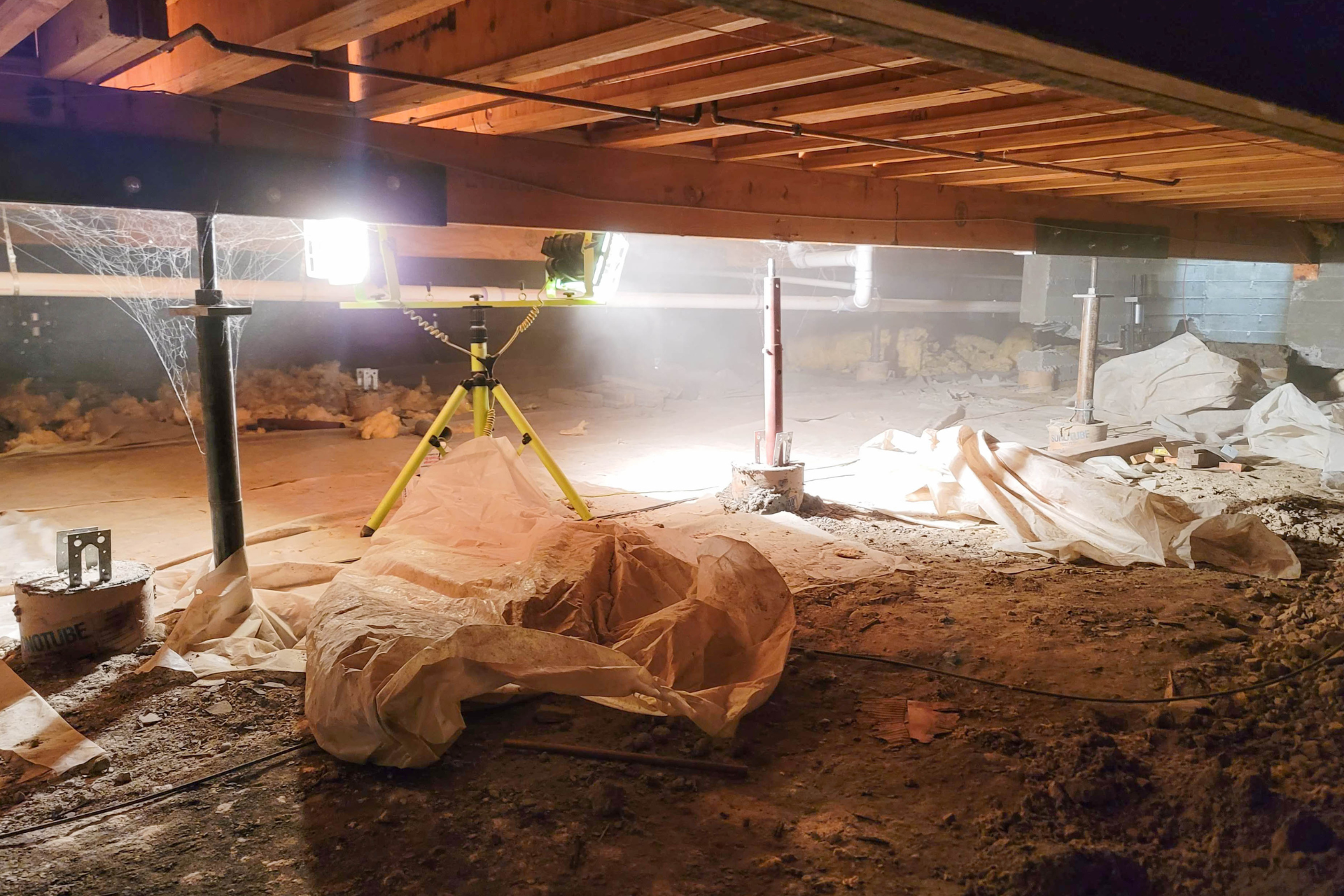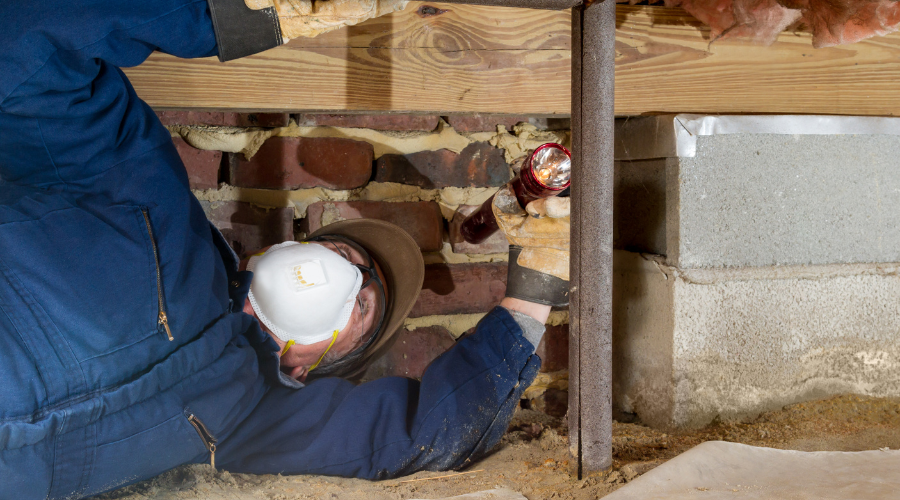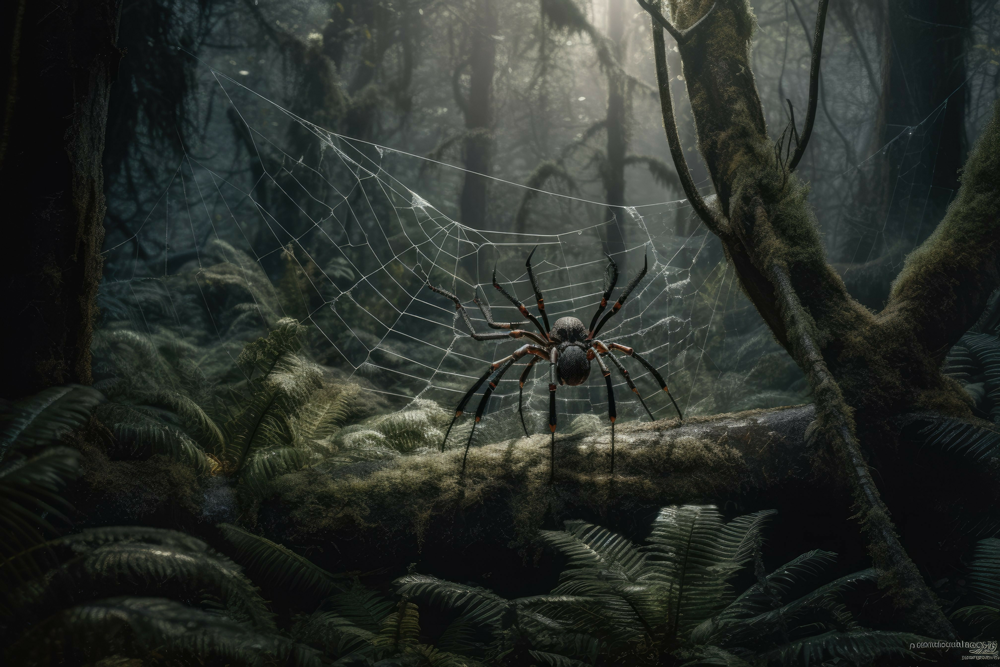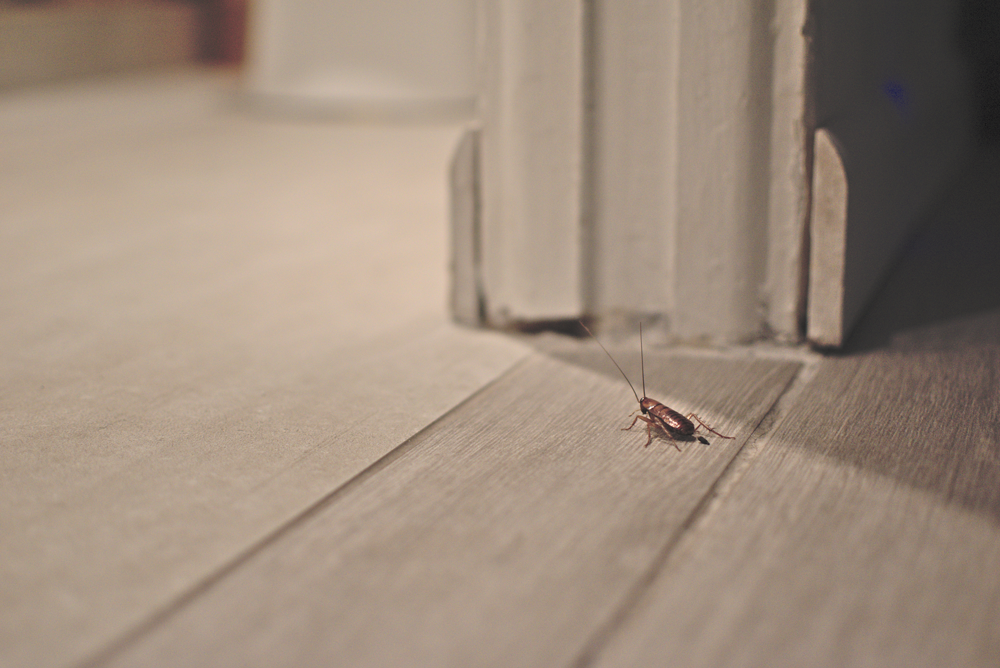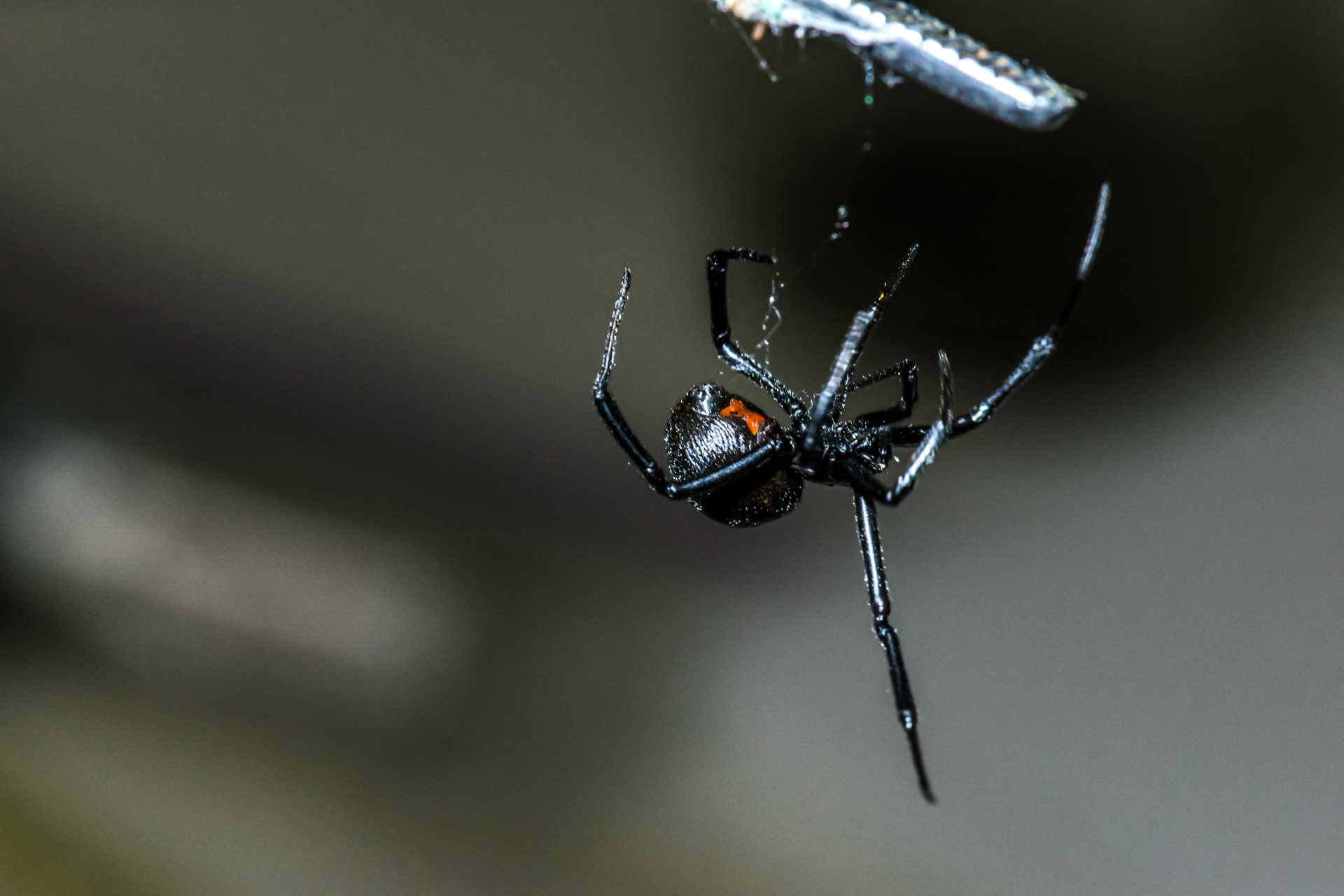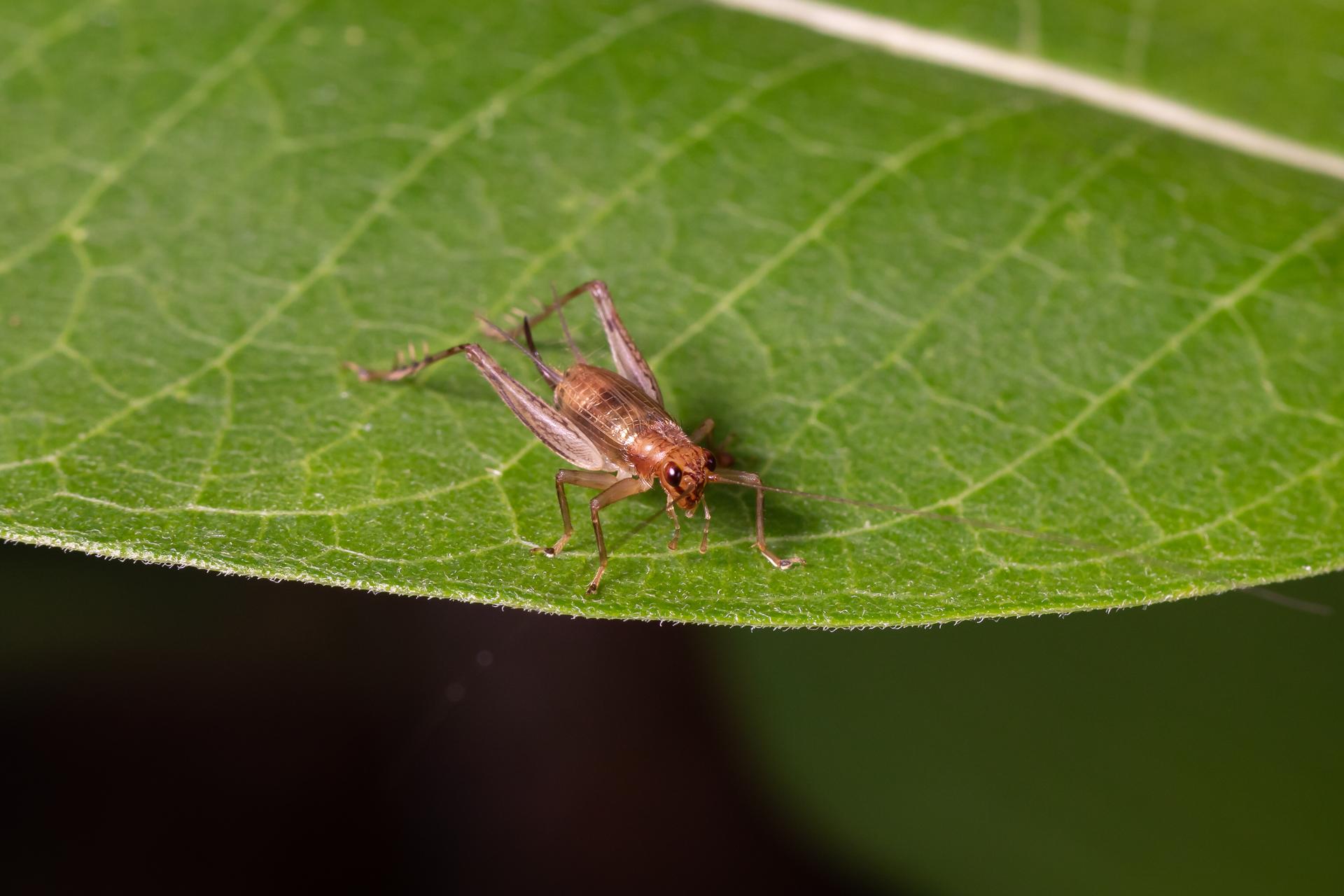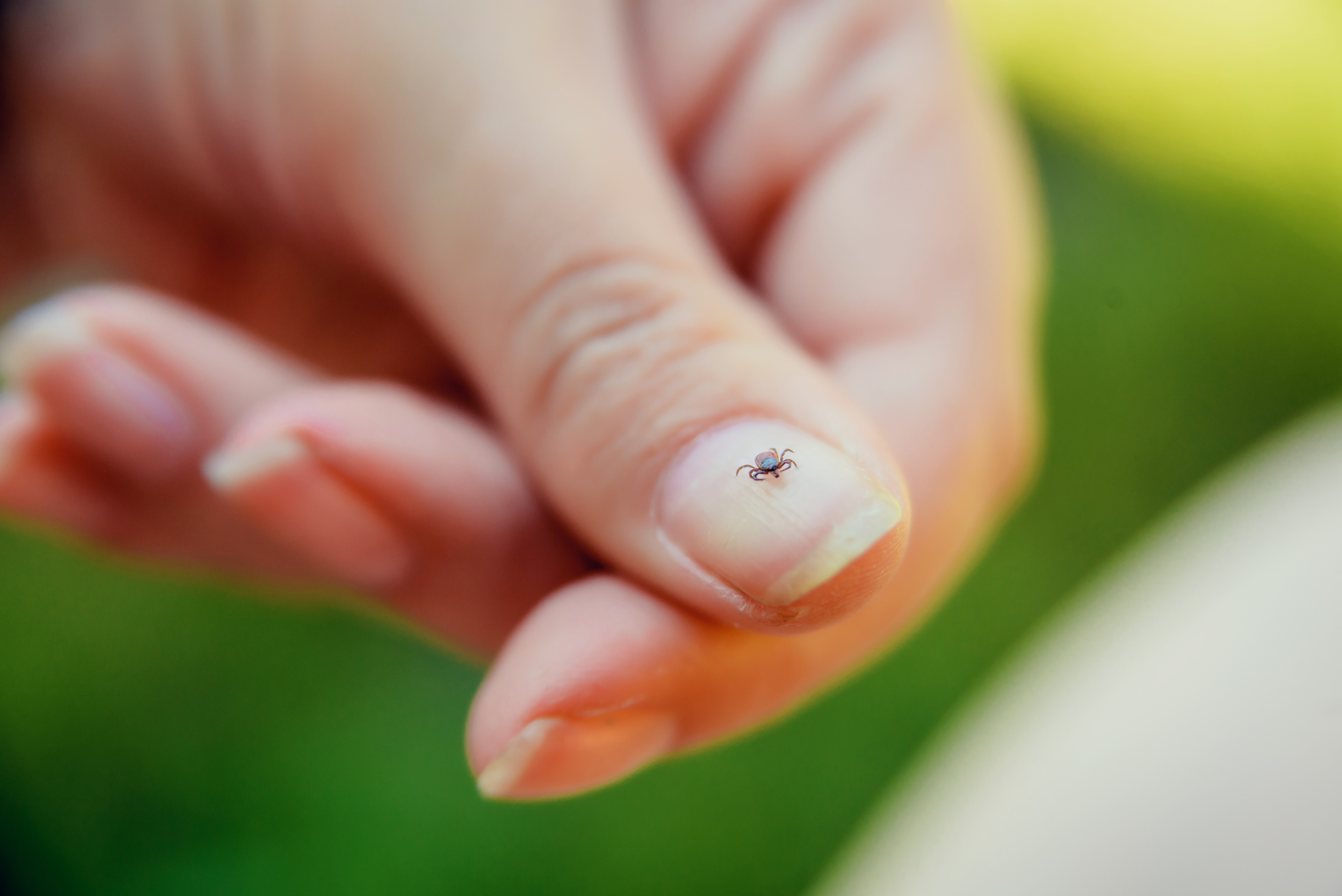Blog Layout
What Bugs Are Crawling Around Your Crawl Space?
Apr 22, 2020
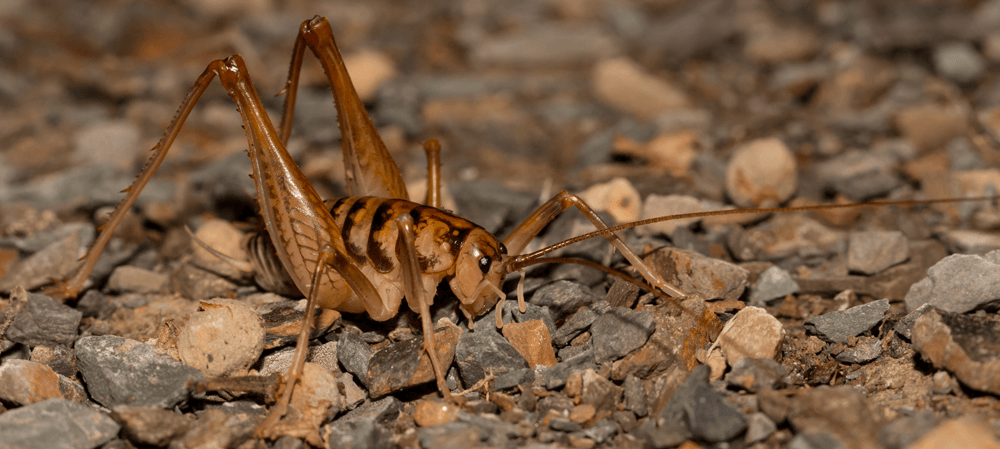
Most of us don't give much thought to the crawl spaces under our house, especially if we're not using that area for storage. It's just one of those "out of sight – out of mind" areas of the home and property ownership that can go undisturbed for years. At least by us. Many property owners don't realize that a crawl space, especially if it's prone to excess moisture or standing water is the preferred breeding ground for many species of insects and pests.
Insects are drawn to moist conditions, especially in areas that offer darkness, and protection from the elements and predators, as well. If you notice more insects and other pests in your home, especially in warmer weather, it could be a sign that you have excess moisture, and the first place you should have checked is your crawl space. Not only do these damp conditions attract insects and vermin, but they can also lead to tens of thousands of dollars in wood rot, mold, and mildew damage. Here in North Carolina, humid conditions create an atmosphere where dozens of species of insects can nest, multiple, and thrive.
Some of the more common include:
Termites
Termites
are often the first pest we think of when it comes to structural damage to our homes and properties, and for a good reason. It's estimated that one in every 30 homes are infested by termites annually. A single colony of 60,000 termites can turn an eight-foot 2x4 piece of wood into sawdust in as little as four months. Termite colonies, especially those in areas under the house, can live undetected in your home for years.
Earwigs
While not considered to be a threat to humans, earwigs can provide a stinging bite and cause considerable damage to landscaping, gardens, and botanicals. Some species of earwigs secrete a foul-smelling yellow discharge, as well. However, despite what our ancestors may have believed, they do not (as their name implies) lay their eggs in our ears while we sleep. Preferring warm, dark, moist locations, and hibernating through the colder months, earwigs will typically be found in sheltered, damp areas like basements and crawl spaces. In these hard to reach areas of your home, they can congregate in large numbers and be challenging to eliminate without professional services.
American Cockroach
American Cockroaches go by many names. "Palmetto" is a name commonly associated with the American Cockroaches. Another common nickname is "water bug." Like earwigs, they seek out dark and damp areas to hide and breed at an astounding rate. Unlike earwigs, they harbor and spread a variety of deadly diseases including, salmonella, typhoid, and polio. Also, by contrast, they're typically not content to remain in their nesting area. Cockroaches will make nightly forays out from basements and crawl spaces into kitchens, pantries, and bathrooms in seek of additional water and food. Food, cupboards, and countertops can become infected as they skitter about in search of food, leading to dysentery in those who touch their invisible tracks.
Silverfish and Firebrats
Another common crawl space invader is the silverfish. Silverfish and firebrats are small, wingless insects. Their bodies are flattened, tapering from front to back, and usually covered with distinctive silver scales, from which they get their name. While silverfish aren't wood eaters like termites or Carpenter Ants, they can still do a lot of damage to your home and property. Starches (like those in wallpaper), various types of papers and food packaging, and even cardboard are irresistible, and entire pantries can be destroyed by silverfish in short order. Worse, they typically burrow into packaged foods like flour, sugar, and oats, only to suffocate and be found, well...the hard way. Silverfish are a sure sign of excess subterranean moisture, either from crawl spaces, external leaks or compromised pipes and seals. They are a bane to businesses that rely on cardboard boxes, paper files, and hard-copy business records.
Springtails
These pests, which are not insects at all, but hexapods with the overlapping appearance of tiny shrimp (ranging between 1/16th and 1/18th in. long). They concentrate near drains, leaky water fixtures, and in the damp, enclosed spaces under sinks, Springtails get their name from their ability to jump up to 8-inches in the air with a snap of their tails, and into the pots of over-watered house plants. While they don't bite, sting, or pass on diseases they will feast on plant roots causing harm to the foliage. They usually show up in the spring and early summer. Springtails are dependent on a constant source of moisture to survive, making them more of a harbinger of crawl space dampness issues than an actual insect.
Centipedes & Millipedes
Centipedes and millipedes are some of the most recognizable members of the insect world, with long segmented bodies and many pairs of legs. While both species prefer to live outdoors, they will take shelter in crawl spaces under houses and other buildings to escape harsh weather or excessively elevated temperatures. While neither are known to carry diseases, both species can produce a sting as painful as that of a wasp and can be dangerous to those with related allergies.
Camel Crickets (aka Spider Crickets)
Camel Crickets are another unwelcome invader attracted to the moist and humid nooks and crannies in and around our homes (especially attics and crawl spaces), storage buildings, basements, and garages where they are drawn by available moisture. Often considered no more than a nuisance pest, crickets can wreak havoc on stored clothing and linens, munching away like tiny locusts.
Mosquitoes
Of course, no list of moisture-loving bugs would be complete without the dreaded mosquito. Easily the most dangerous of the species listed above, the blood-sucking hoards can spread
everything from encephalitis and Zika to malaria and West Nile. Since mosquitoes prefer to lay their eggs in and around standing water, keeping them (and their vector-borne diseases) at bay requires diligence in maintaining property and structures free of excess moisture. Standing water in undisturbed crawl spaces and basements are one of the first areas that mosquitoes choose to lay their eggs. Mosquitoes require as little as 1 centimeter of standing water to deposit their eggs.
A popular and extremely effective method of reducing moisture and humidity issues, especially in the insect-popular crawl space, is sealing your crawl space via a technique known as Encapsulation. Encapsulation completely covers and seals your crawl space, protecting it from moisture collection and damage, in much the same way that a swimming pool liner can help protect from leaks. A barrier of heavy-duty polyethylene is used to seal the floors, foundation walls, and sometimes even the underside of the flooring. Typically, this is done in conjunction with some form of humidity control device to dehumidify the space, protecting from moisture damage and dissuading shelter-seeking pests. Pests, including those listed here, need water to survive, to breed, and to grow their numbers. The process of encapsulation, sealing the area from moisture, creates an inhospitable environment for these types of critters, which will drive them to seek out greener (or at least wetter) pastures elsewhere. Contact the pros at At Ease Pest Solutions today and talk to one of our licensed, fully trained technicians about the value of protecting and defending your home and crawl spaces.
Troutman Branch
694 South Main Street
Troutman, NC 28166
704.761.9697

